by Rachel Myerson
(The Nosher via JTA) – What makes a dish “Jewish?”
One of the main threads connecting the food of the shtetl to that of the mellahs (Moroccan Jewish quarters) were slow-cooked Shabbat dishes. As Jewish law prohibits lighting a fire (and, by extension, cooking) after sundown on Friday, meals were left to cook, undisturbed, from Friday evening to Saturday afternoon, when they were eaten for lunch. This ensured a hot meal.
Eastern European cholent is probably the best-known version of this practice, but there are many other variants beloved by Jews with roots in Africa, the Middle East, and Southern Europe that are just as delicious. I encourage you step outside your comfort zone this winter and sample the spectrum of slow-cooked Shabbat dishes.
Ashkenazi Cholent: From Traditional to Funky
This classic cholent recipe features all the usual components: flanken, marrow bones, potatoes, barley, beans, and kishke — as well as the more modern addition of ketchup, which adds a touch of rich sweetness. An easy way to tweak this recipe is to add a covering of puff pastry, thus turning it into a cholent pot pie!
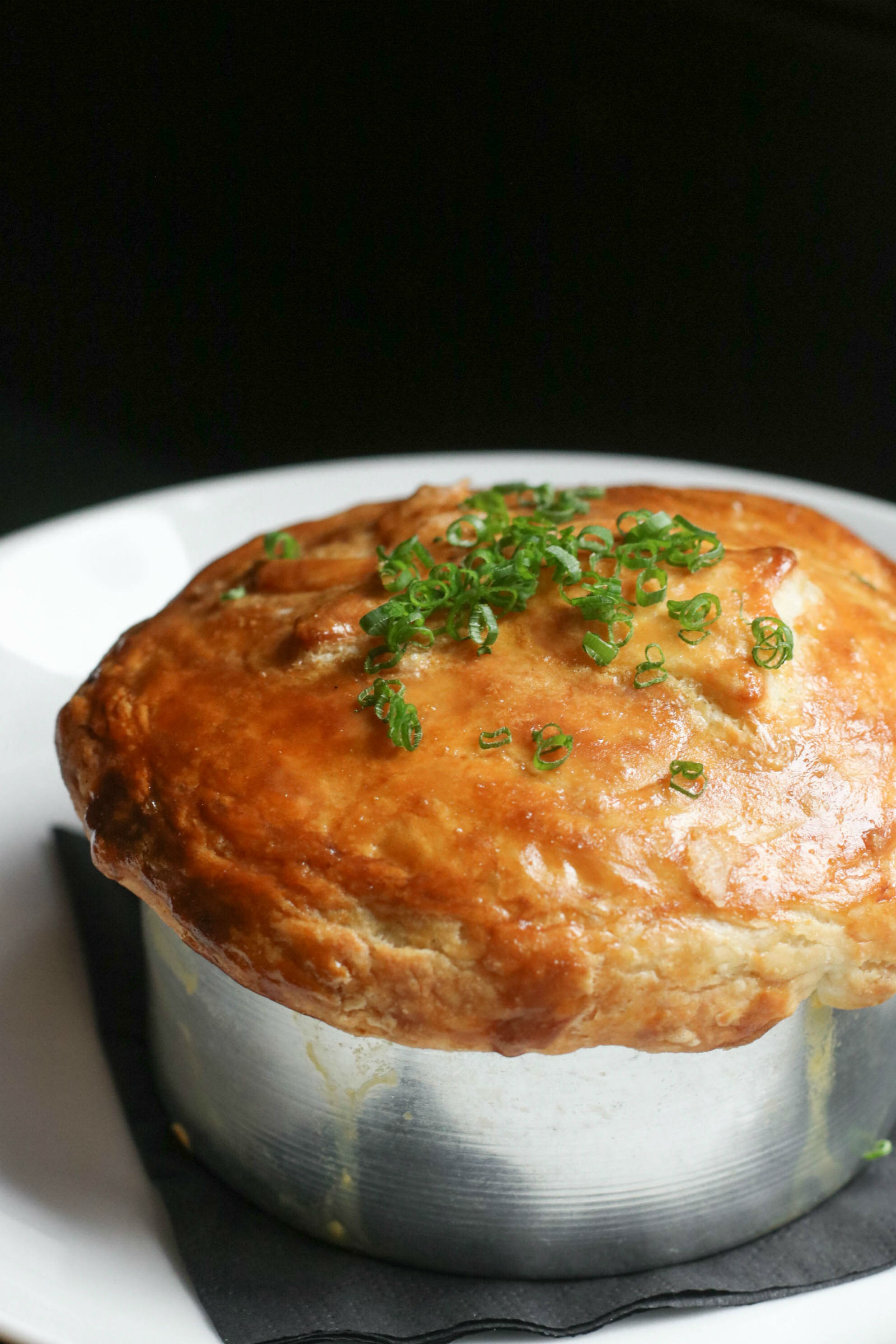
The basic premise of a slow-cooked dish featuring meat, grains, and beans leaves lots of room for experimentation. Over the years, we’ve amassed a great collection — from a Texan twist with Dr. Pepper, barbecue sauce, and chipotle chillies to an Italian interpretation flavored with rosemary and garlic.
Bukharian Osavo
Think of osavo as cholent and risotto’s love child: short grain rice is fed with meaty savoriness, dyed terra-cotta red with paprika, and brightened with lemon juice and grated apple. Whole eggs and potatoes are added for a full meal — hey, I never complain about double carbs. This version uses brisket instead of the traditional flanken and marrow bones to make for easier eating.
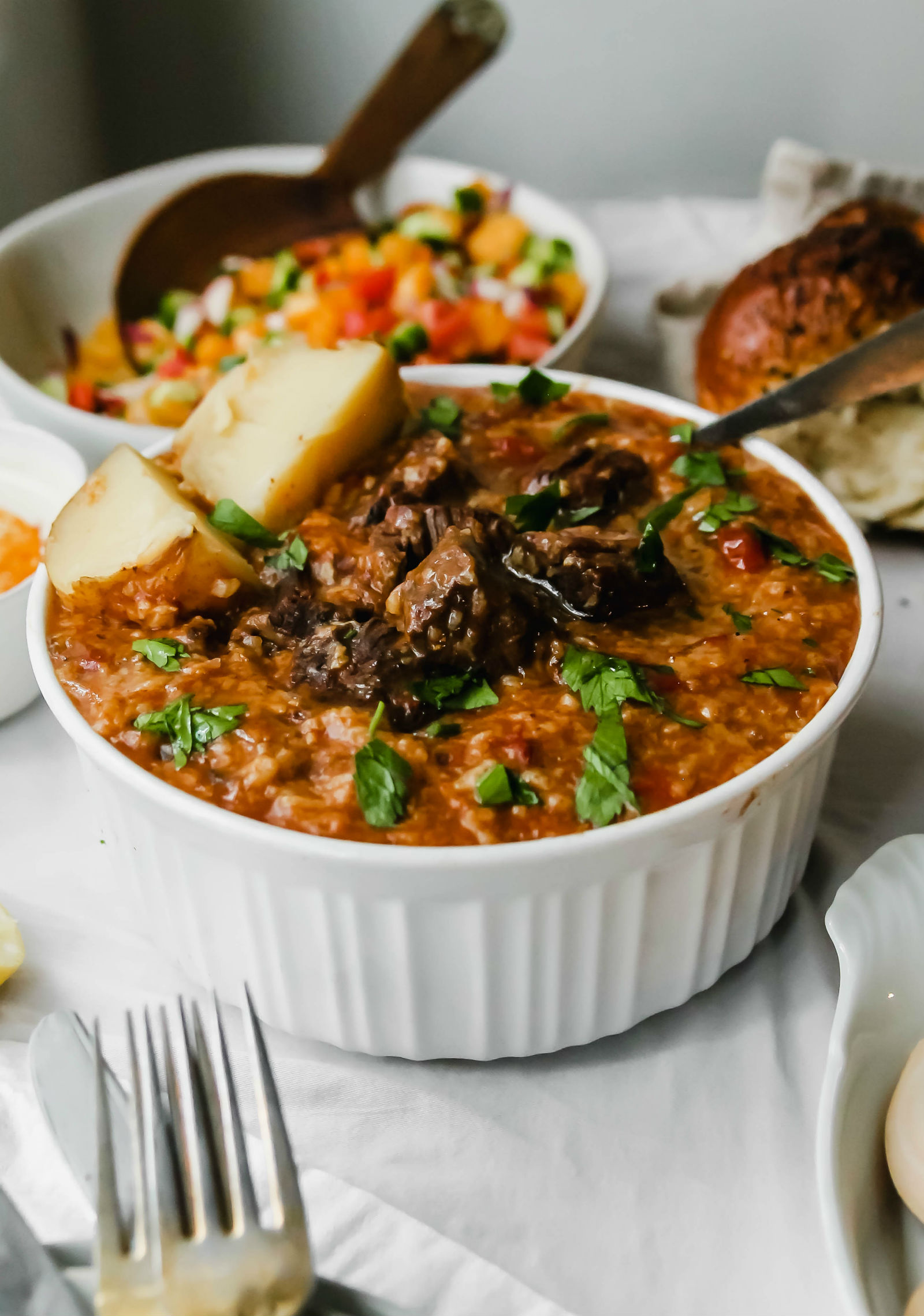
North African Dafina
More fragrant than cholent, dafina subs beans for chickpeas and adds whole eggs, which turn wonderfully golden and flavorful after a night of cooking. My Moroccan great aunt always adds a slab of meatloaf, too, which I’d argue is even better than kishke. This version uses saffron, allspice, and cumin for a heady aroma and complex flavor.
Iraqi T’beet
Instead of a stew, t’beet is a whole chicken stuffed with rice that’s seasoned with the sweet, earthy flavors of baharat, a spice blend featuring cardamom, cinnamon, cumin, and coriander. As you can imagine, the chicken is meltingly soft after all that cooking, and the rice is infused with its juices. This recipe is gratifyingly easy to prepare (I skip the searing when I’m in a hurry) and has already become a weekend staple in my house.
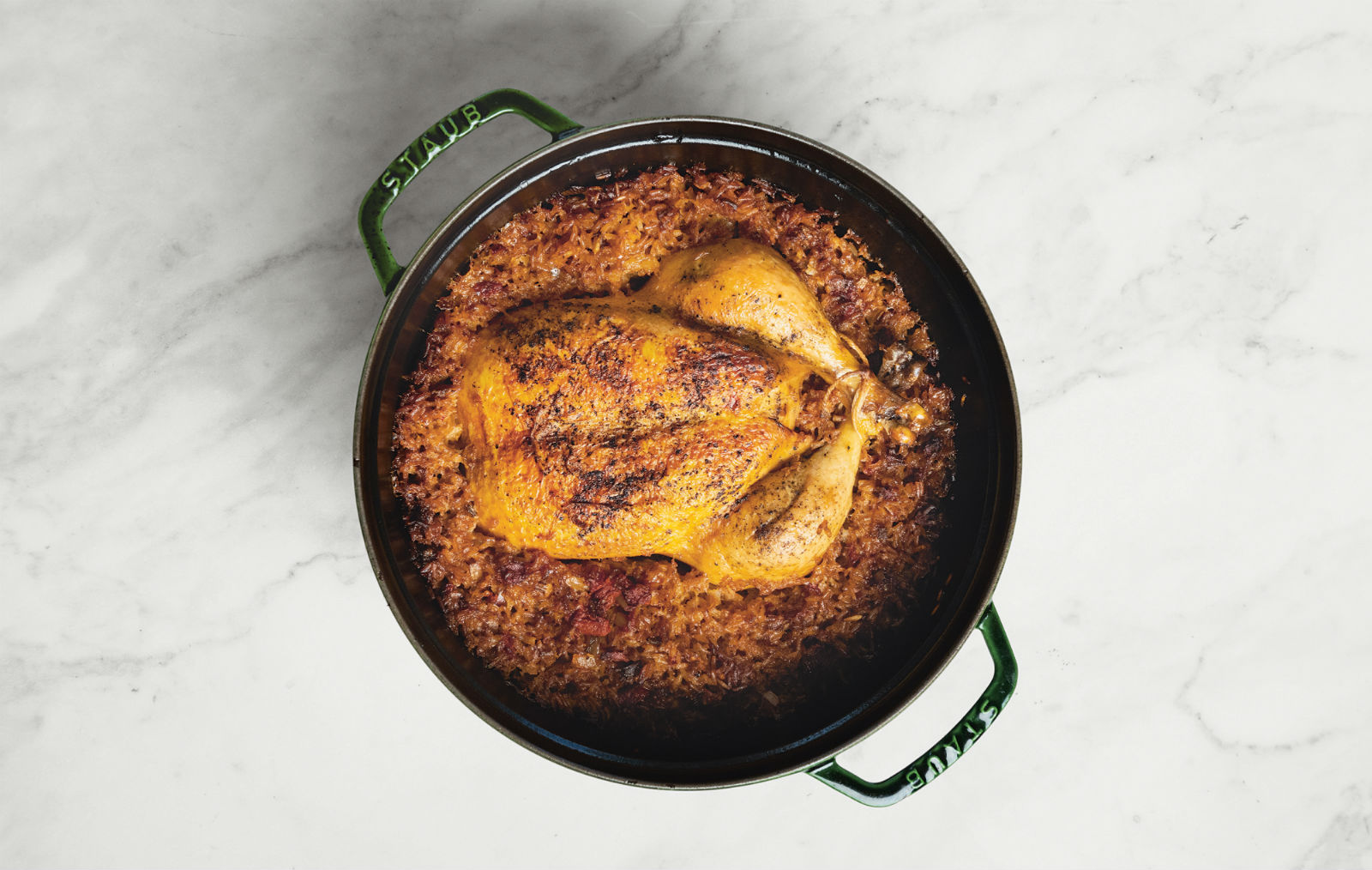
Yemenite Kubaneh
The Yemenite community skip meat-heavy dishes in favor of a slow-cooked brunch dish. Kubaneh — a buttery, yeasted bread that’s similar to brioche — is eaten after services on Saturday alongside grated tomato dip and cilantro-laden zhug hot sauce. Although this recipe is slightly time consuming, it’s absolutely worth the effort.
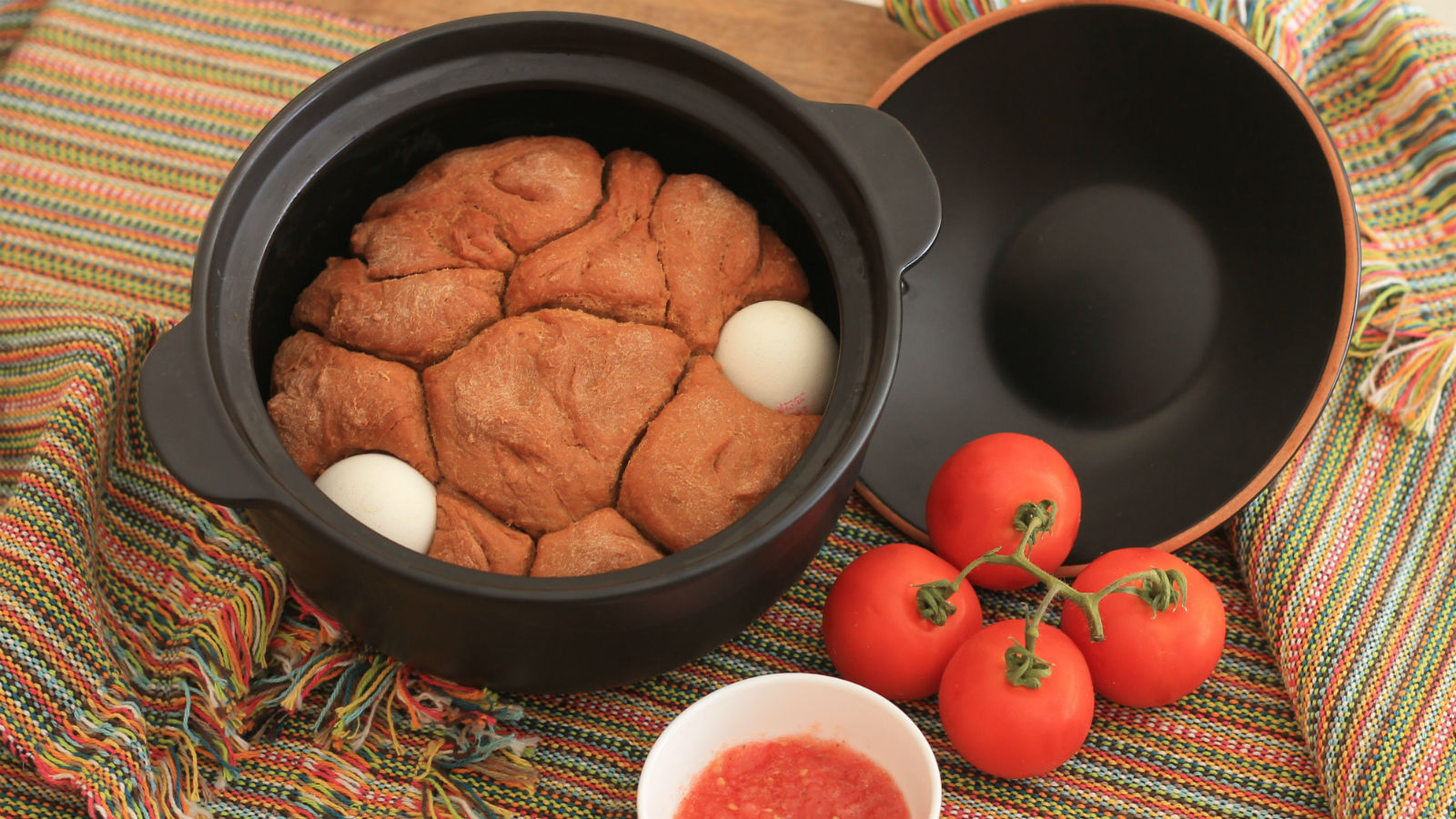

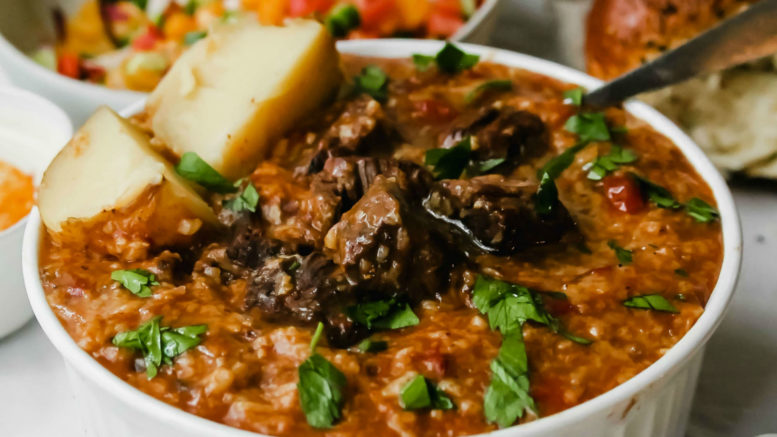


Be the first to comment on "7 Cholent Recipes to Keep You Warm This Winter"